Meera Senthilingam
This week, a stable, yet toxic compound - so it must be handled carefully. Here's Bernie Bulkin:
Bernie Bulkin
Nickel carbonyl is a most surprising molecule. That a metal like nickel, without any special preparation, should react directly with carbon monoxide to form a stable gaseous molecule, was something quite unexpected when it was first discovered in the late 19th century - and it took 70 years for a good understanding to emerge of why nickel carbonyl, and other metal carbonyls, were stable.

During my PhD, I was in a lab experimenting on structure, bonding and reactivity of metal carbonyls. One of the first things I was given to read when I started was the summary of the toxicological effects of nickel carbonyl. I learned, with some concern, that at 30ppm it was certainly fatal, and even a significantly lower dose of 3ppm caused death in 50 per cent of a group of test animals.
When you breathe it in, it decomposes, giving you a dose of carbon monoxide and depositing some nickel on your lungs. If you survive the first few hours, the nickel causes a form of pneumonia, coughing, breathlessness, extreme fatigue. This lasts for several days, often resulting in cardiovascular or renal failure and death. I was relieved to find that the safety precautions in the lab were extremely rigorous.
This surprising molecule is not very human friendly in others ways too: its vapours can autoignite and there have been studies as to whether small quantities of nickel carbonyl, inhaled over time, can cause lung cancer. This research was prompted by the idea of trace amounts of nickel in cigarette smoke, and the possibility of nickel carbonyl being the carcinogen rather than nicotine and tars - a study with inconclusive results.
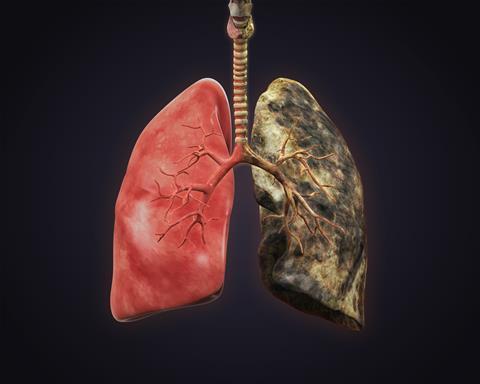
Nickel carbonyl was first discovered by a team led by Scientist and industrialist Ludwig Mond while working in a lab in the converted stables of his home in north London. By the time of the discovery, Mond was already famous and wealthy, having overseen the large scale commercialisation of the Solvay process - used to make sodium carbonate. Indeed, it was because of problems with corrosion of nickel parts in the Solvay reactors, traced to the presence of carbon monoxide in the carbon dioxide used to flush ammonia from the reaction vessel, that Mond and his co-workers first started to investigate the reactivity of nickel and CO. But Mond was also interested in fuel cells, and wanted to make a device to produce electricity from hydrogen. In this work too he realised that carbon monoxide in a gas stream poisoned the platinum catalyst, and it piqued his interest in the action of this gas on metals.
The description of this discovery by Ludwig Mond's son, Alfred, is a compelling case for observing closely every aspect of your experiment. He wrote 'My father and Dr Langer were working together on another problem and in order to purify the gas they wanted for their purpose, they passed carbon monoxide over reduced nickel. They were burning it at the end of a glass pipe in order to prevent it escaping into the room.
'One day, much to their astonishment, they found this flame burning an extraordinary green colour. Nobody could make out what it was, and when they held up a porcelain dish to cool it down they got a nickel mirror. Some might have dismissed it as a scientific curiosity, but they, scientific men, immediately saw there was a new phenomenon, investigated and found it was nickel carbonyl, a combination of gas and metal never previously heard of in science. That seemed to be an interesting scientific discovery, of no particular industrial or commercial value. The gas was difficult to obtain, it was poisonous, and it had many disadvantages, including danger to operatives if it escaped; but my father's technological mind was not satisfied until he had developed from that new fact the best and cheapest way of refining nickel from complex ores.'
Mond and his co-workers thought that the mirror was arsenic rather than nickel, but they quickly eliminated that possibility. They then tested and refined the purity of everything until they could eliminate every possibility but that nickel carbonyl was being formed. This is classic science, in that only by being extremely knowledgeable about reaction chemistry, could they have known that they had made a surprising discovery. And they were then meticulous in trying to refute the discovery.
They succeeded in capturing it and freezing it in to needle shaped crystals - establishing a melting point of -17?C and a boiling point of 43?C. They also worked out the stoichiometry fairly quickly from measurement of the CO and nickel decomposition products as four CO to one nickel, Ni(CO)4. But it would be quite some time before the structure was correctly established.
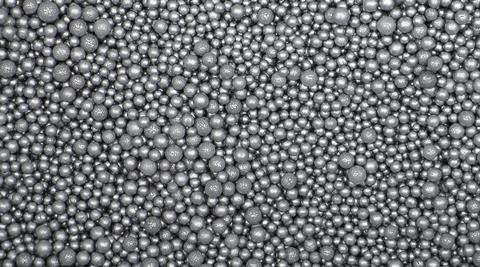
Mond went on to set up a nickel purification works in south Wales using nickel carbonyl formation and decomposition as the basis. The Clydach Refinery, known locally as 'The Mond', started production in 1902 and still operates to this day. It is Europe's largest nickel refinery and produces nickel powder, nickel pellets and other various nickel-coated materials. It also has a nickel foam production plant that until recently was the sole provider of the nickel required in the batteries of the Toyota Prius.
Not long after the discovery of nickel carbonyl, it became clear that other transition metals also formed metal carbonyls, and that their structure, bonding and reactivity was equally complex. The nature of the chemical bonds in metal carbonyls has much to teach us about transition metal bonding to carbon, and it attracted the attention of some of the great chemists of the twentieth century - including Dewar, Sidgwick and Cotton. Books and papers published in the first half of the 20th century generally show Ni-C and C-O double bonds, and there are even some papers talking about a resonance phenomenon between the metal and CO.
All the usual techniques for establishing molecular structure and bonding were applied to the problem. But it was vibrational spectroscopy that provided the information to challenge the theorists, with the CO stretching frequencies being a sensitive indicator of bonding. Classic studies of the spectra of Ni(CO)4, Co(CO)4- and Fe(CO)42-, isoelectronic and isostructural species, finally led to well accepted views of their bonding by the late 1960s.
These explanations of bonding in metal carbonyls required molecular orbital theory, and an understanding the role of antibonding orbitals in bonding. This drew on developing ideas on acidity, where ligands could act as strong attractors of electrons, or as donors. But only in a molecular orbital approach, where charge can be put into pi antibonding orbitals, can the properties and bonding of metal carbonyls be quantitatively understood.
So this surprising molecule, through which, as Lord Kelvin said, Mond gave wings to a metal, started a whole branch of chemistry. It has taken human lives, and given birth to an industrial process. And ultimately, as the chemists of the 1890s surmised, this molecule has some sophistication in how it achieves its stability.
Meera Senthilingam
So, a stable, sophisticated molecule, which changed the face of chemistry. That was Vantagepoint Venture Partners adviser Bernie Bulkin, with the chemistry of nickel carbonyl. Now, next week, we're drawn towards the light.
Katherine Holt
Let's ponder the question: why do so many species feel the need to be so publically and brazenly colourful? In the case of the glow worm it's quite simply to attract some food! Glow worms are actually larvae that will eventually become adult flies. During the larval stage, in which they spend most of their lives, they spin a silk nest on the roof of a cave. They send down more than fifty silk snares, covered in mucus, in which to entangle their prey. The reason they are believed to glow is that the roof of a cave covered in glow worms looks remarkable like a clear starry night and perhaps this encourages prey such as moths and mosquitoes, believing they are outdoors, to fly towards it.
Meera Senthilingam
To discover other species that use this method of luminous deceit to their advantage, and find out the chemistry behind this glow, join Katherine Holt in next week's Chemistry in its element. Until then, thank you for listening. I'm Meera Senthilingam.






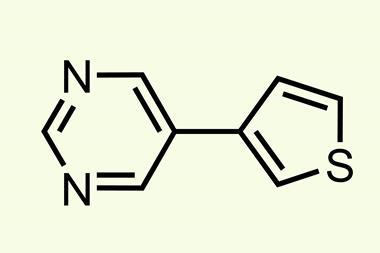
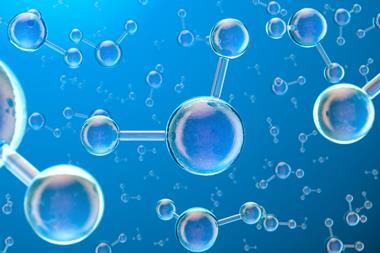

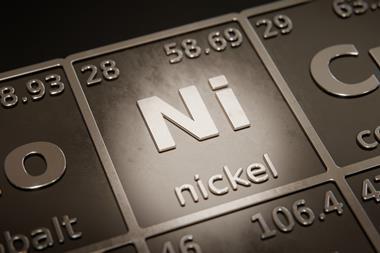

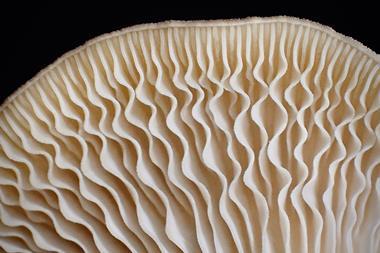

No comments yet